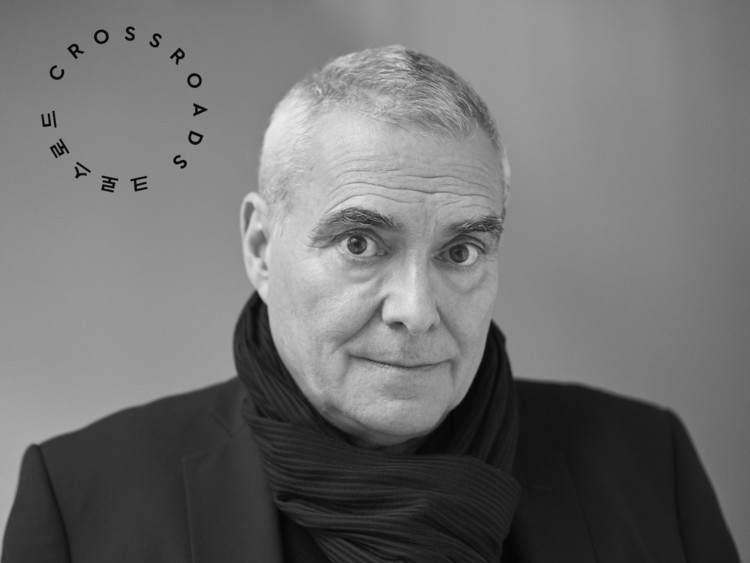
Exploring the evolution of the world’s cities and metropolises, the third edition of the Seoul Biennale of Architecture and Urbanism (SBAU 2021) entitled "CROSSROADS Building the Resilient City" will be led by French architect and urban planner Dominique Perrault.
ArchDaily had the chance to speak to Perrault to find out what will be different in this particular biennale.
Fabian Dejtiar (FD): What lays behind the inspiration for this year's theme “CROSSROADS”?







